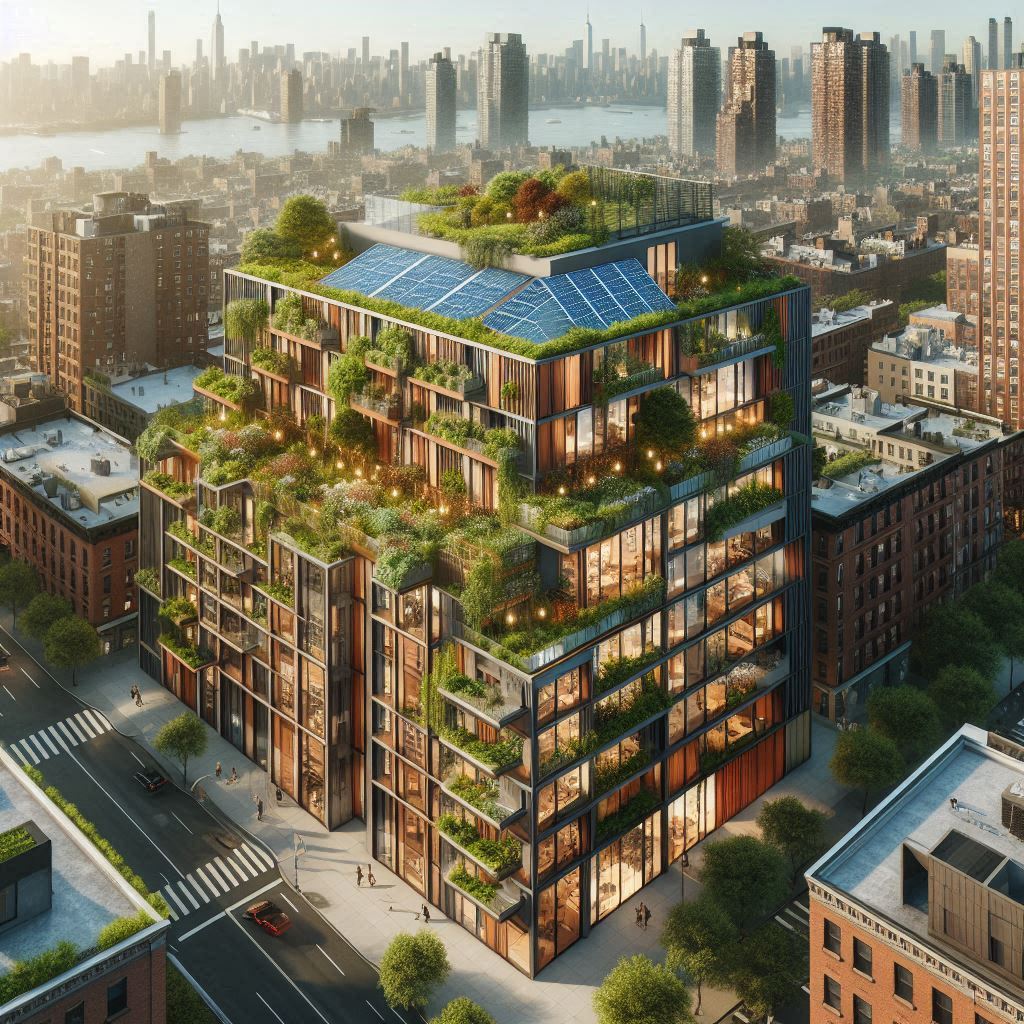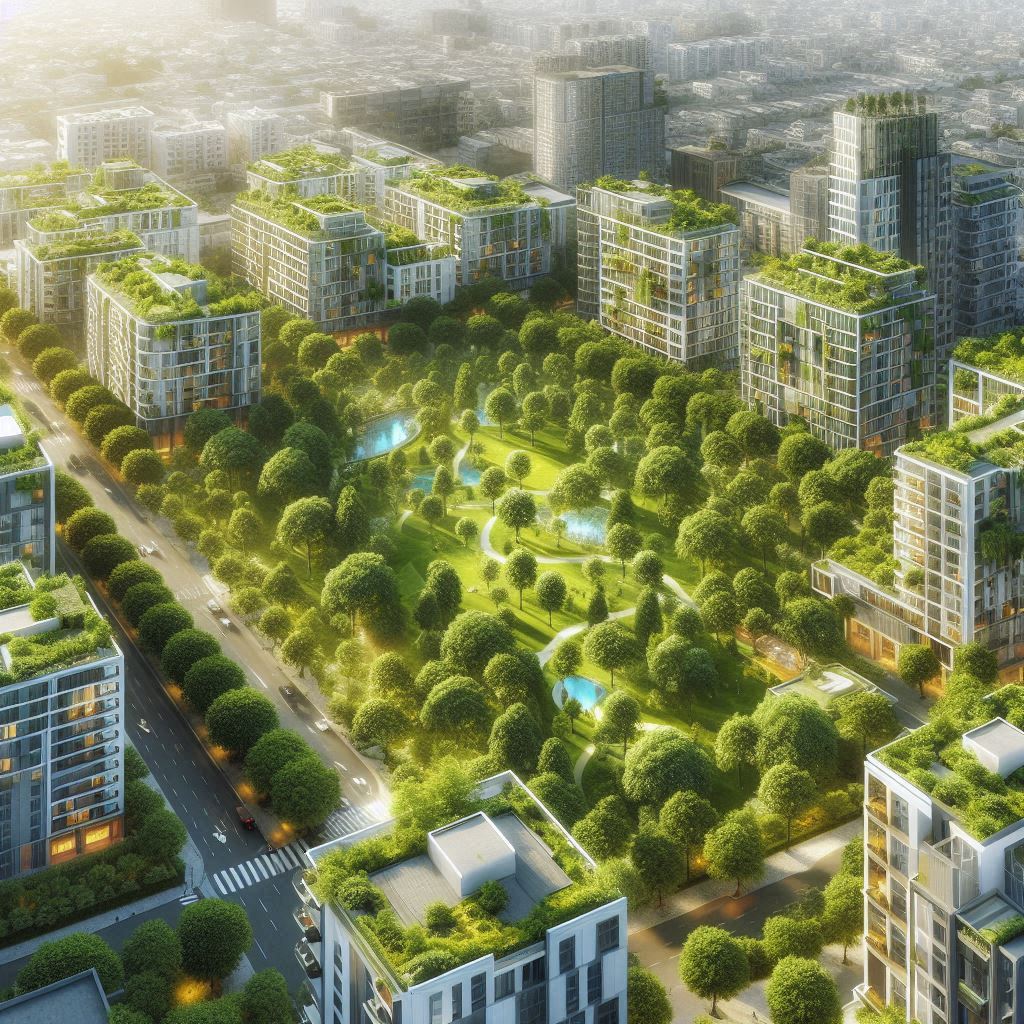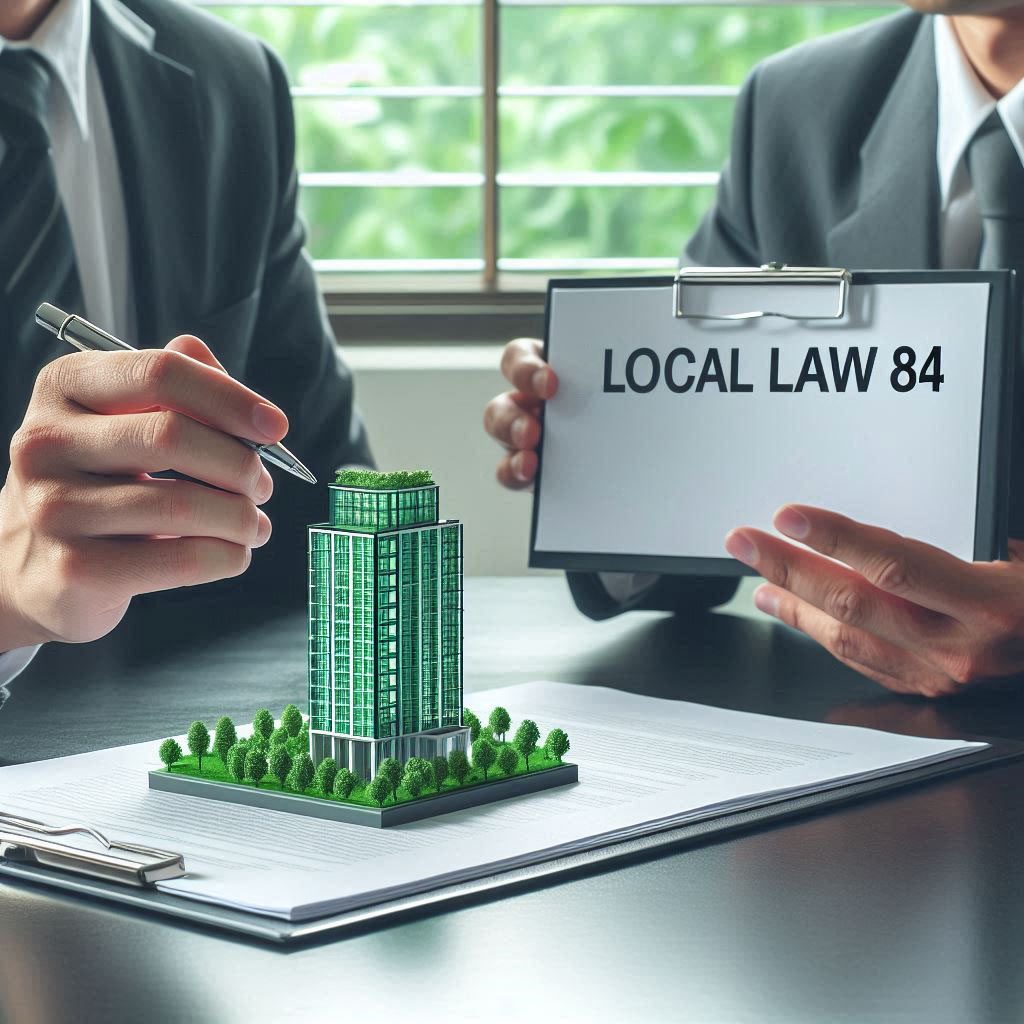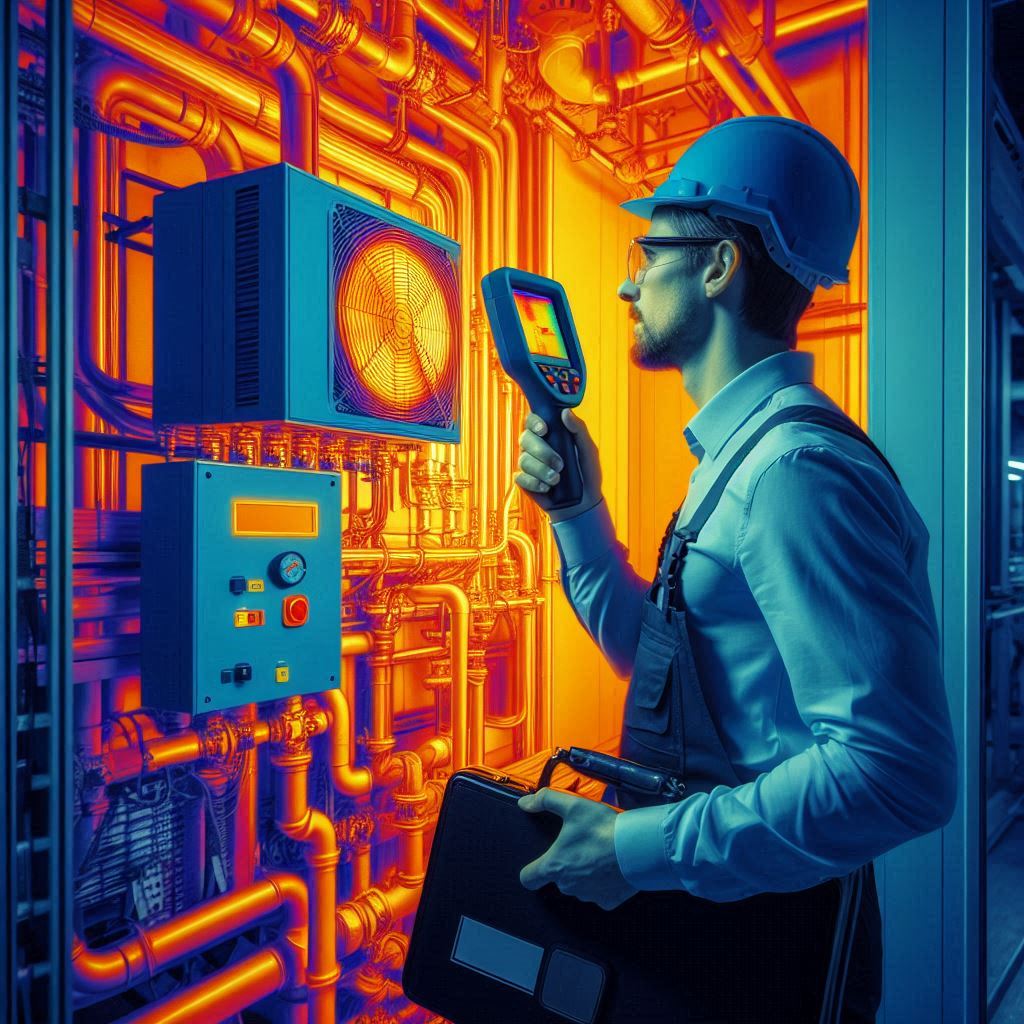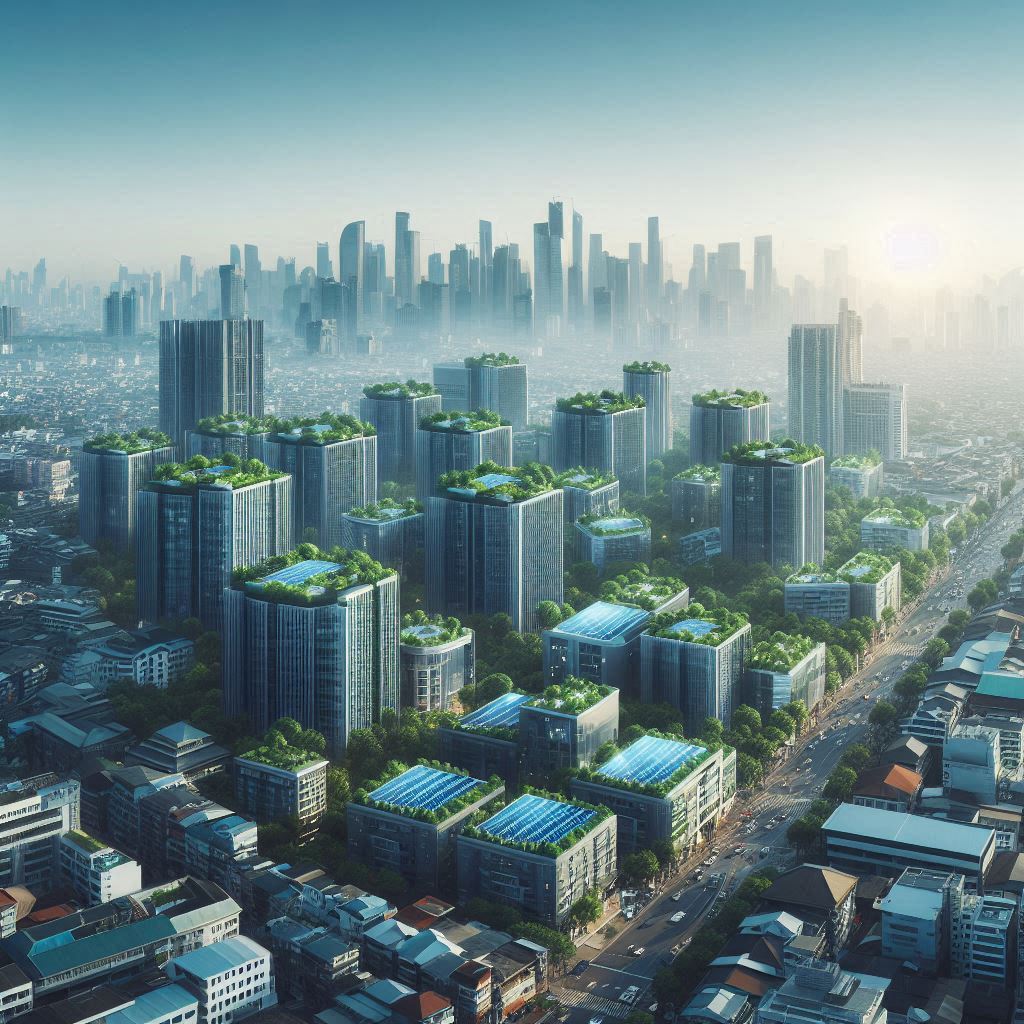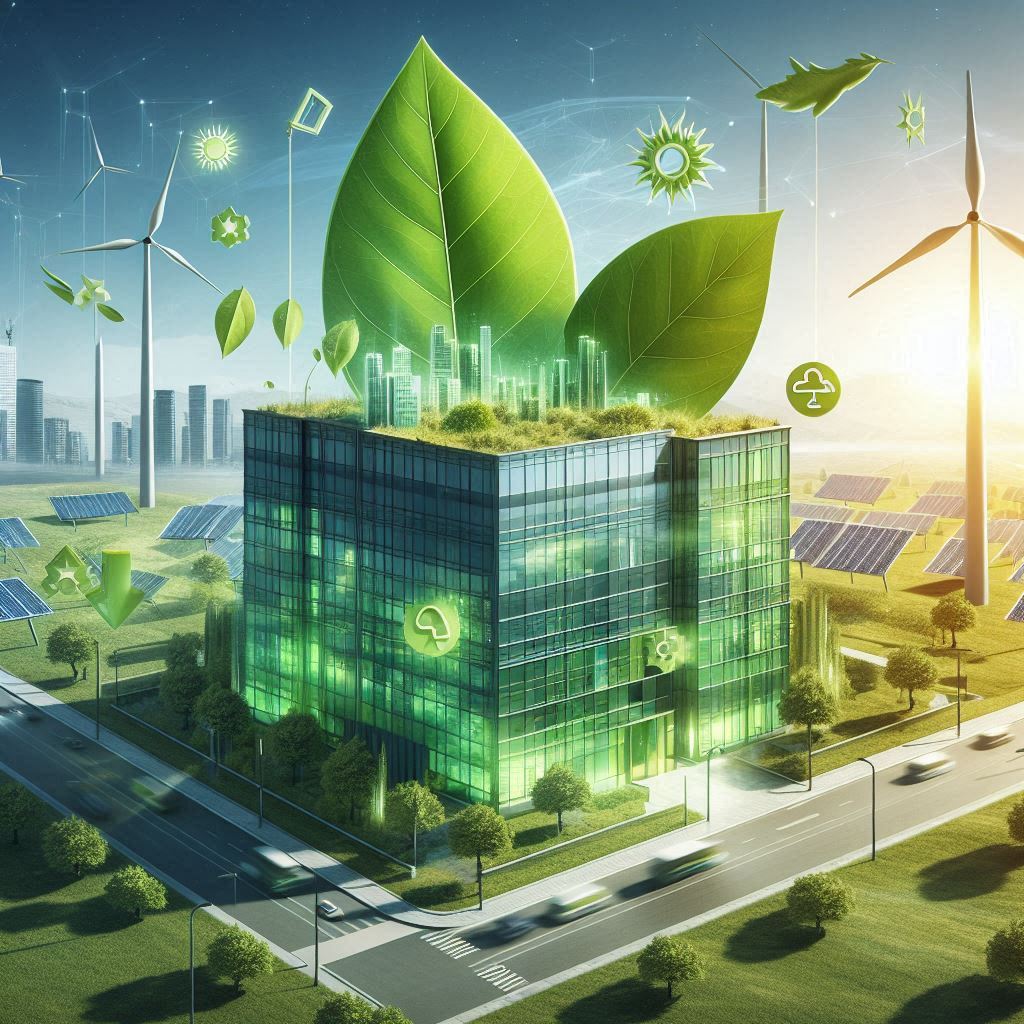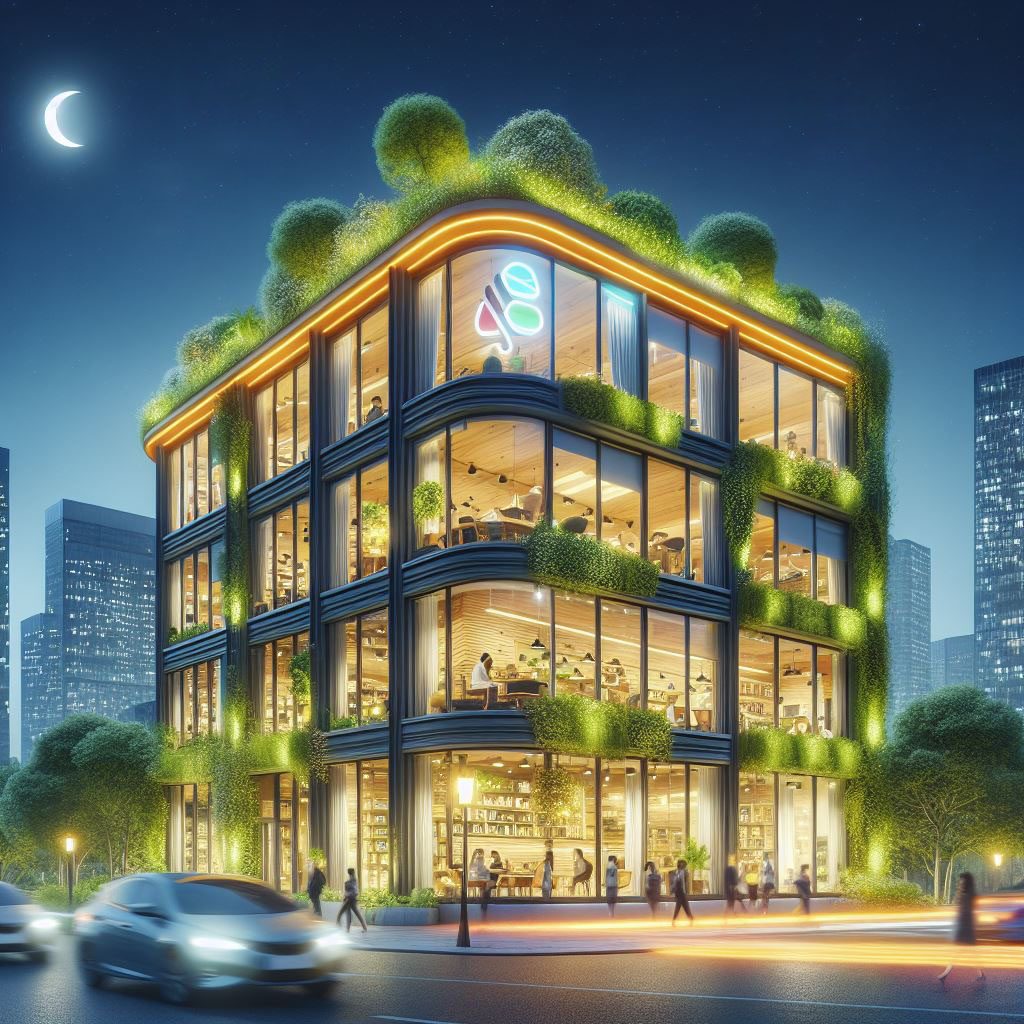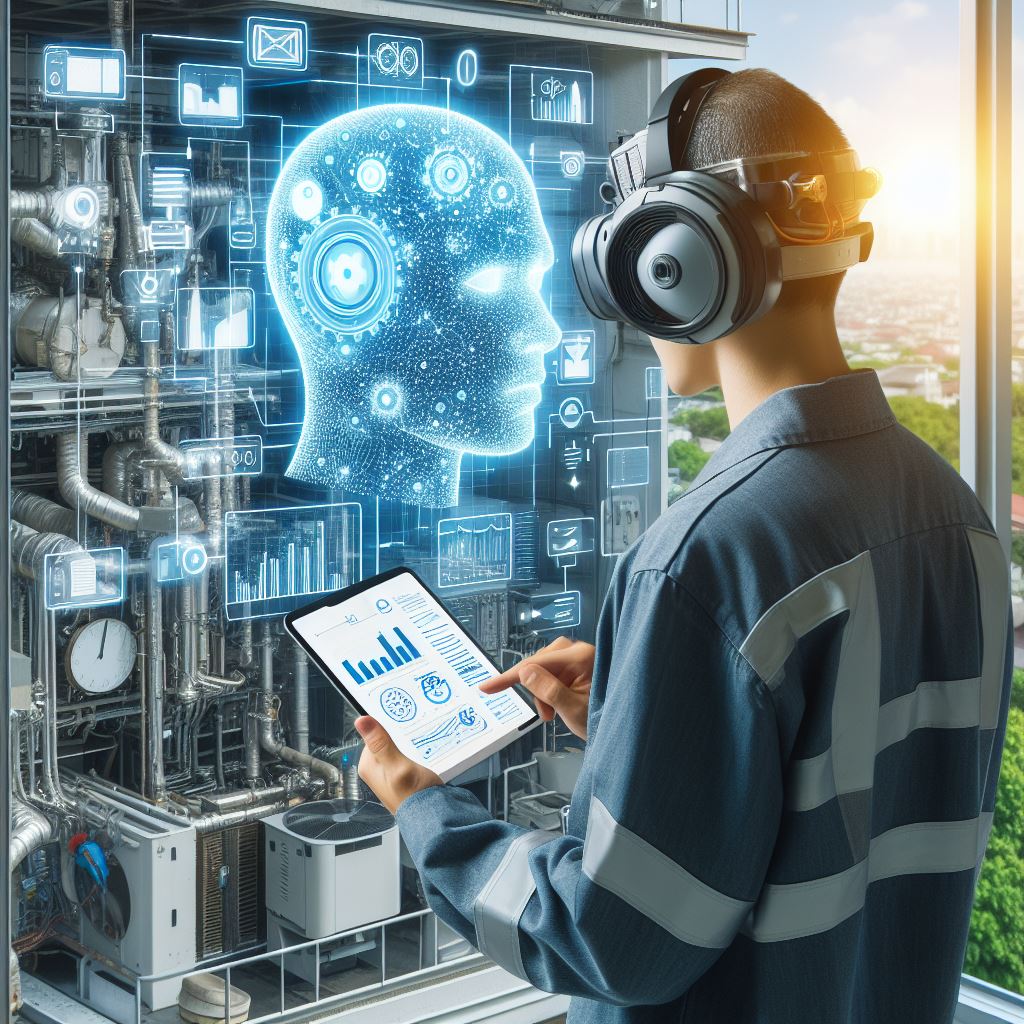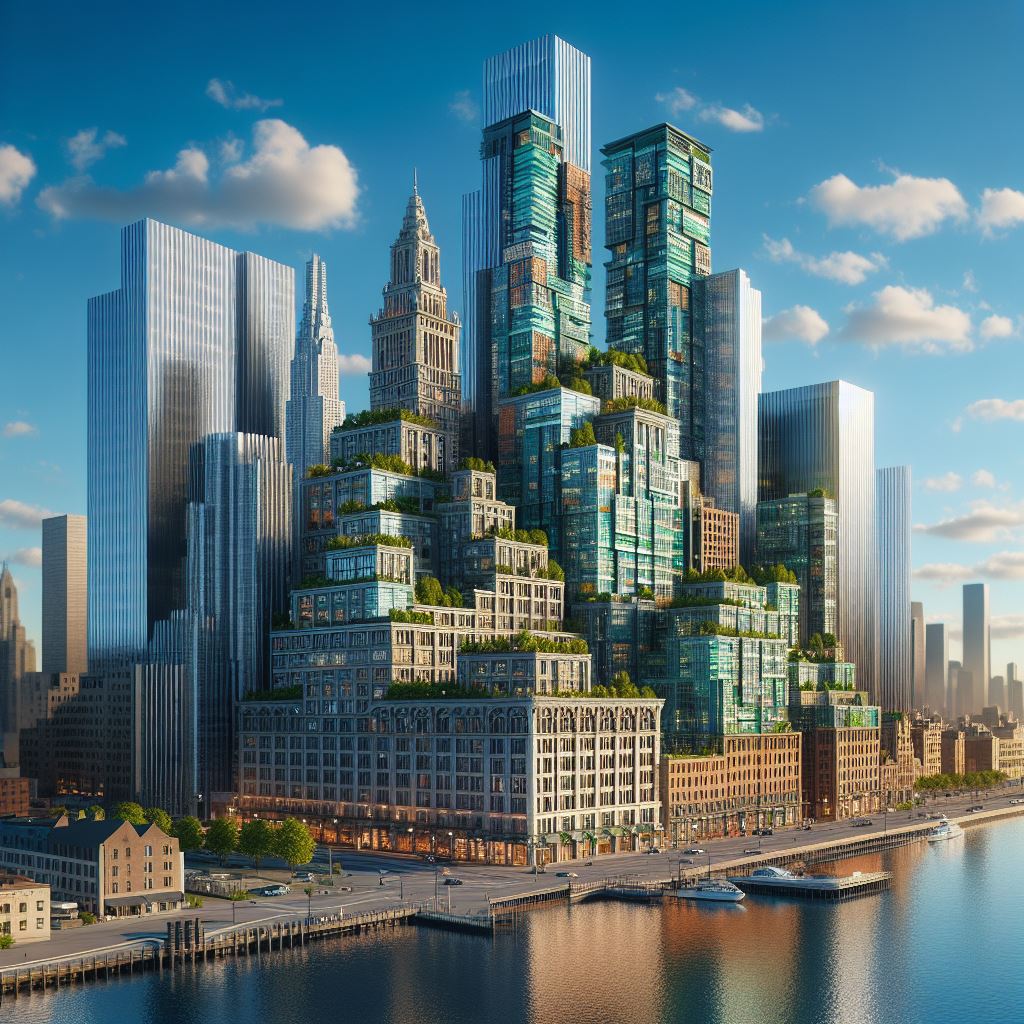I. Introduction
In the heart of a city that never sleeps, every energy-saving measure counts. New York City, committed to cutting greenhouse gas emissions and creating a sustainable urban environment, has been a pioneer in implementing the NYC Energy Benchmarking initiative. This requirement, under Local Law 84 of 2009 (LL84), mandates owners of buildings over a certain size to annually measure and report their energy and water consumption. This is a crucial step in promoting energy efficiency, as it holds building owners accountable for their property’s energy performance.
However, what happens when your diligent efforts meet an unexpected roadblock—a rejected NYC Energy Benchmarking Report? Let’s delve into why these reports are vital, the common causes for rejections, and the steps you should take to correct and prevent future rejections.
II. Understanding NYC Energy Benchmarking Report
A. Description of NYC Energy Benchmarking Report
The NYC Energy Benchmarking Report is a publication that reflects a building’s energy and water usage, which is compared to similar structures to gauge its efficiency. This report helps in evaluating a building’s performance, highlighting possibilities for improvement, and tracking progress over time.
B. The Purpose of the Benchmarking Report
The energy benchmark report’s main aim is to bring transparency to energy consumption and encourage the adoption of energy conservation measures. By benchmarking the energy usage, building owners, potential buyers, or tenants can make informed decisions based on the energy performance of the property.
C. How to Interpret the Report
The interpretation of the NYC Energy Benchmarking Report is based on various key metrics, such as Energy Use Intensity (EUI) and the Water Use Intensity (WUI), which provide insight into how efficiently a building operates compared to others. A lower EUI indicates better energy performance, while a higher EUI suggests there is room for improvement.
III. Reasons for Rejection
A. Explanation of Common Errors Leading to Rejection
When it comes to the NYC Energy Benchmarking Report, accuracy is king. The most common reasons for rejection include incorrect building data, inaccurate or incomplete energy use details, submission of reports in an incorrect format, and missed deadlines. Errors can also occur if data isn’t properly validated or if the building’s square footage is reported inaccurately.
B. Discussion on How These Errors Affect the Overall Report
Even minor errors can have significant consequences, casting doubts on the credibility of the report and potentially skewing the citywide data that policymakers and researchers rely on. An error-riddled report can also lead to financial penalties and tarnish a building’s reputation in the real estate market.
IV. What to Do Post-Rejection
A. Immediate Steps to Take After a Report is Rejected
Upon receiving notice of rejection, it’s crucial to act immediately. Begin by carefully reviewing the rejection notice to understand the specific reasons your report was not accepted.
B. How to Analyze the Rejection Notice
Carefully analyzing the rejection notice will help you determine whether the reported issue is a simple data entry mistake or a more complex issue requiring additional information or clarification.
V. How to Correct the Errors
A. Tips on How to Correct Common Errors
Correcting common errors usually involves revisiting the data input process. This could mean verifying that the correct units of measurement are used, ensuring that all fields are filled out accurately, and cross-checking utility bills and meter readings for accuracy.
B. Detailed Steps to Correct Complex Errors
More complex errors might necessitate a comprehensive review of the building’s operational characteristics or an audit of the previous year’s energy consumption data. For this, you may need to gather historical utility bills, check for changes in occupancy or building use, and examine any recent renovations that could affect energy usage.
C. Importance of Professional Help When Necessary
For errors that are not easily identifiable or rectifiable, it might be wise to seek out professional help. Energy consultants or firms specializing in NYC Energy Benchmarking can provide valuable expertise to ensure accuracy and compliance.
VI. How to Re-Submit the Report
A. Process of Resubmitting the Report
Once all errors have been corrected, the resubmission process involves following the guidelines for submitting the benchmarking report. This typically involves logging into the Energy Star Portfolio Manager and updating the necessary fields with the corrected data.
B. Tips to Ensure the Report is Accepted in the Next Submission
To increase the likelihood of acceptance, check and double-check all information for accuracy. If possible, have another person review the corrected report to catch any errors you may have missed.
C. Understanding the Taliban for Report Resubmission
Take note of submission deadlines and any updates to the requirements to ensure you’re providing exactly what’s needed in a timely manner. Keep an eye out for any extensions or changes to the benchmarking process, which can often be found on the NYC government or Department of Buildings websites.
VII. Prevention for Future Rejections
A. Strategies to Avoid Report Rejection in the Future
Implementing robust data management processes and utilizing the latest in energy management software can greatly reduce the likelihood of future rejections. Consistent record-keeping and staying abreast of the latest in benchmarking requirements will set a solid foundation for successful submissions.
B. Best Practices for Maintaining Your Energy Benchmarking System
Regularly conduct energy audits, keep detailed and organized records of utility usage, and stay informed on any legislative changes. Engage with professional benchmarking services to ensure your building remains compliant and efficient.
VIII. Conclusion
Receiving a rejection for your NYC Energy Benchmarking Report is not the end of the road—it is an opportunity to improve and refine your approach to energy management. By understanding the benchmarking process, accurately identifying and correcting your errors, and implementing preventative measures, your future reports will not only meet compliance standards but will also reflect your commitment to energy efficiency. Remember, every correction brings the city one step closer to its sustainability goals. Now is the moment to take charge, refine your processes, and contribute to making New York City a leader in urban energy efficiency.
VertPro.com serves as a resourceful platform for property owners and managers seeking to enhance their buildings’ energy efficiency. The site offers a range of services, including Commercial Energy Audits, Benchmark Compliance consultancy, and a Construction Marketplace. At the heart of VertPro® is a suite of SaaS technology-based solutions designed to assist in navigating the complexities of Energy Benchmarking and Energy Audits/RCx Plus, while ensuring adherence to over 60 Energy Benchmarking and Energy Efficiency Laws across the country.
For those looking to improve their property’s energy usage and operational value, VertPro.com provides a diverse array of tools and information. The site aims to facilitate a better understanding of energy efficiency practices and legislation, helping building owners and property managers make informed decisions about their energy strategies while complying with all energy ordinances and laws.


